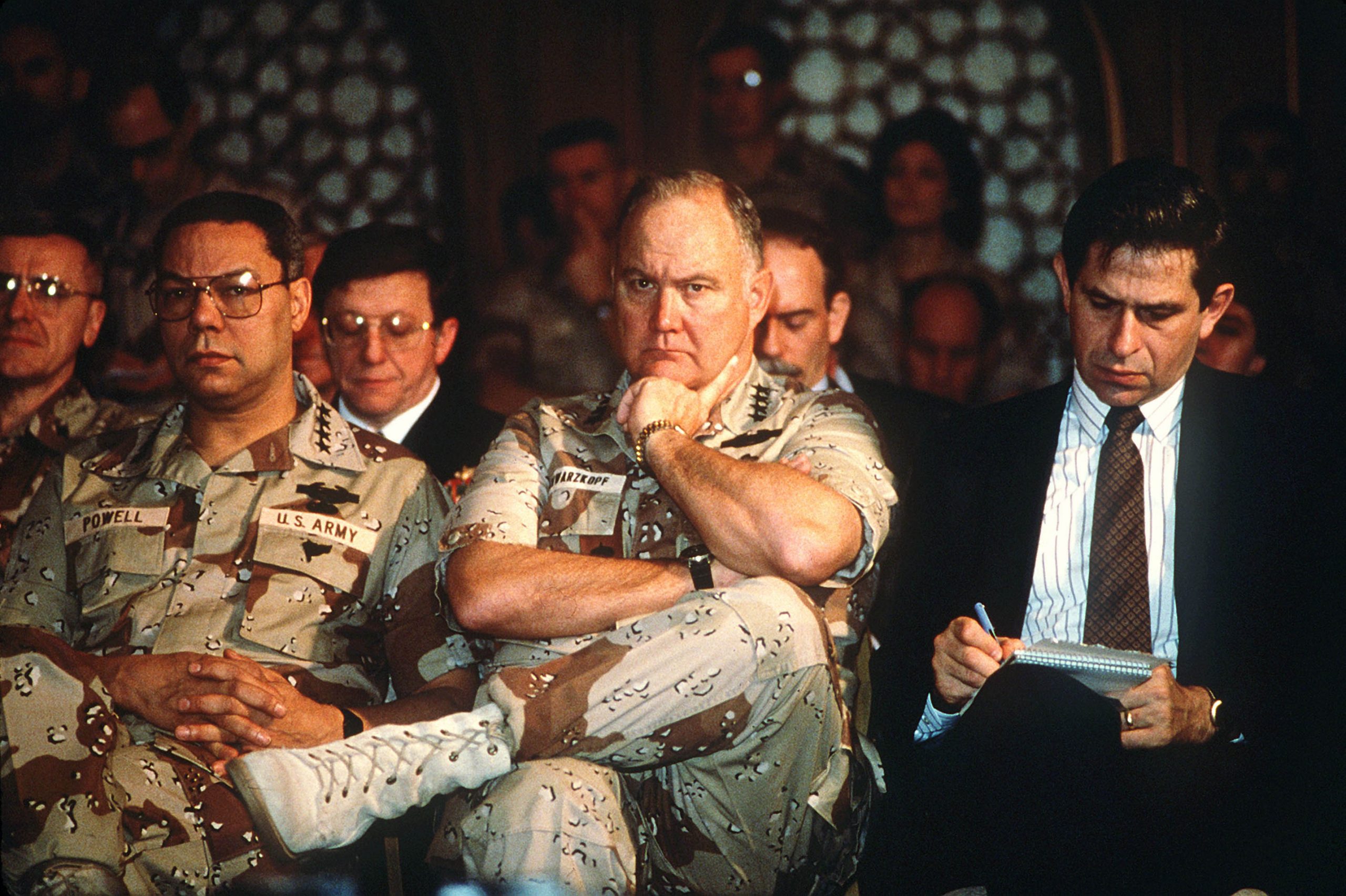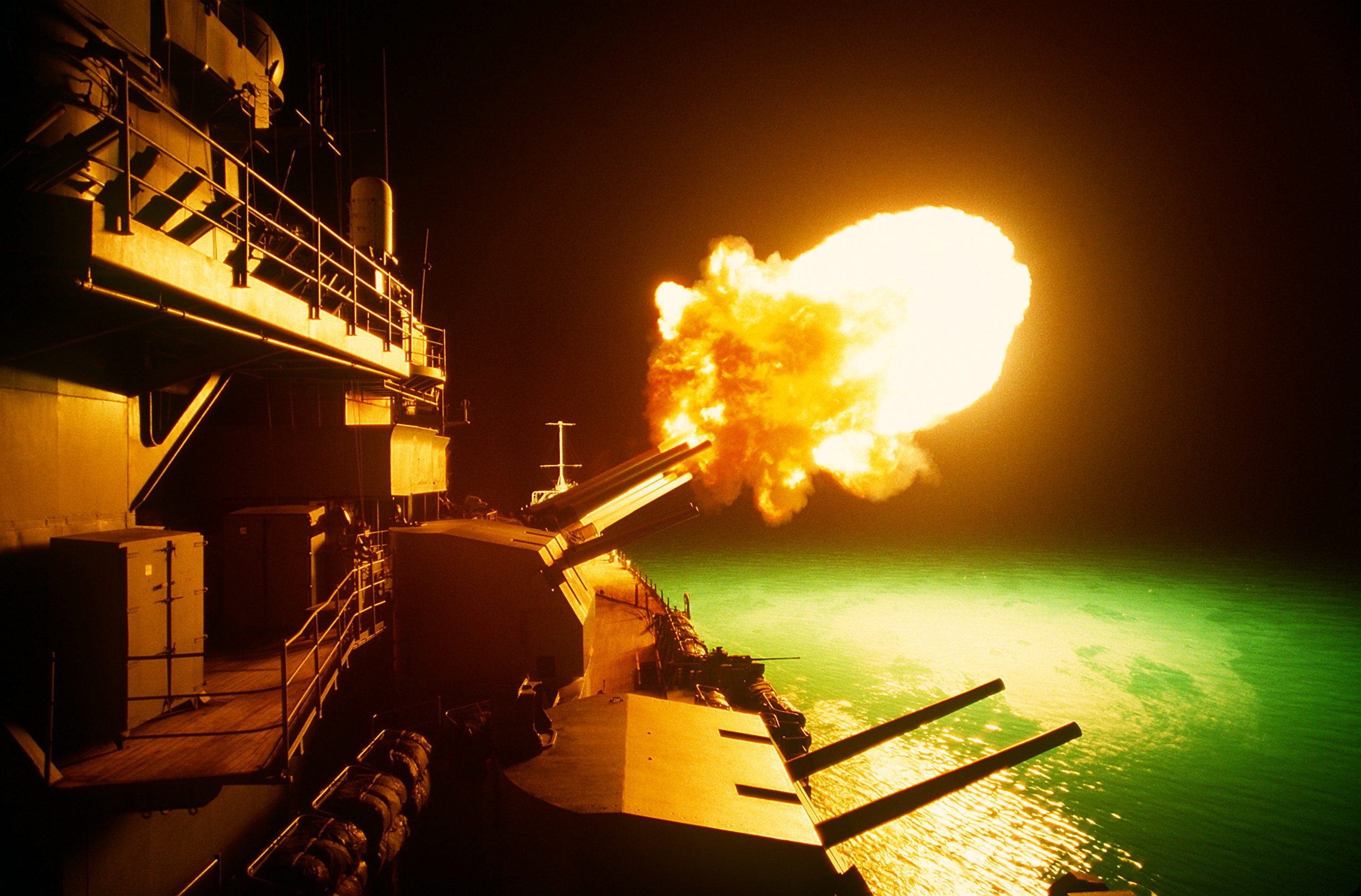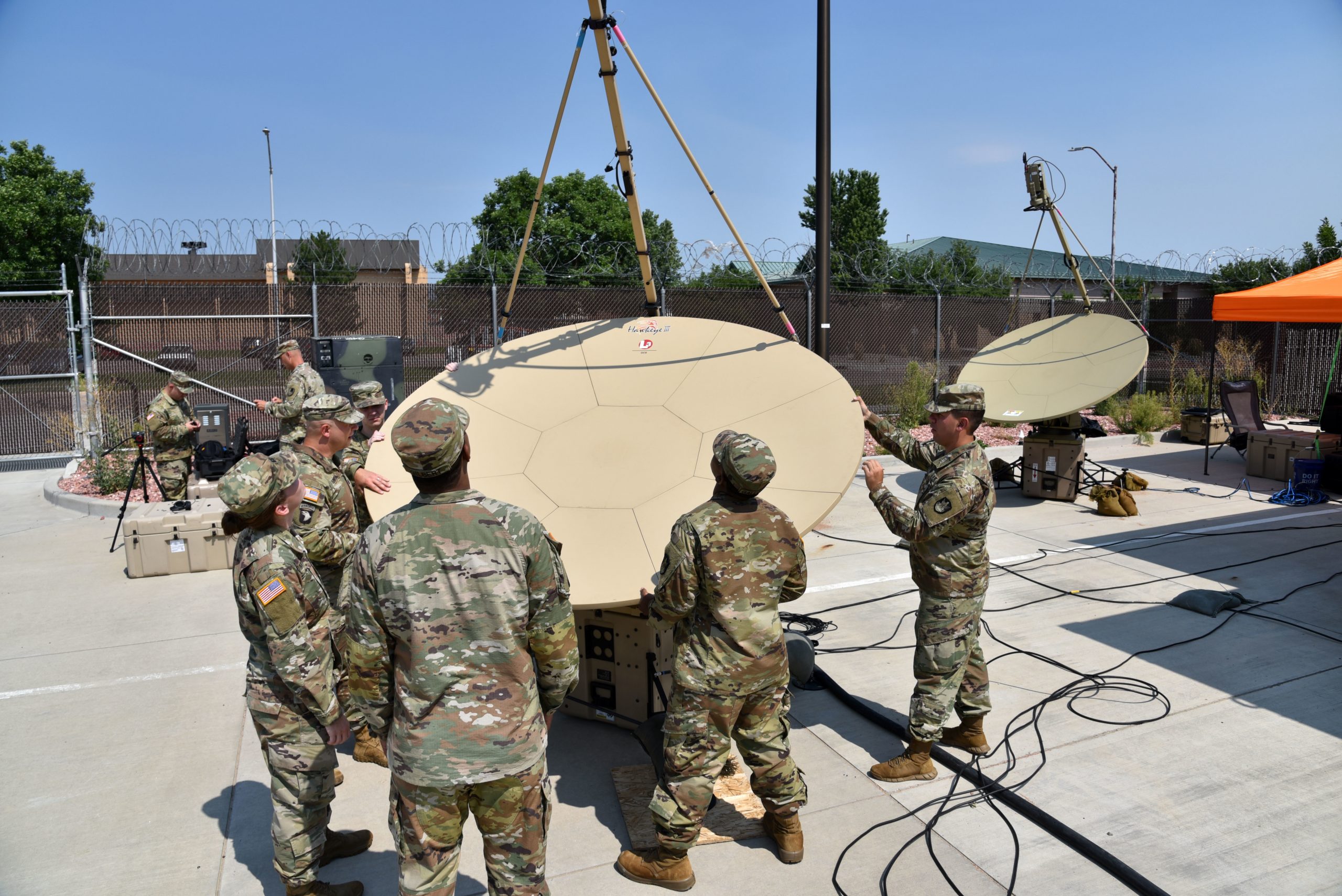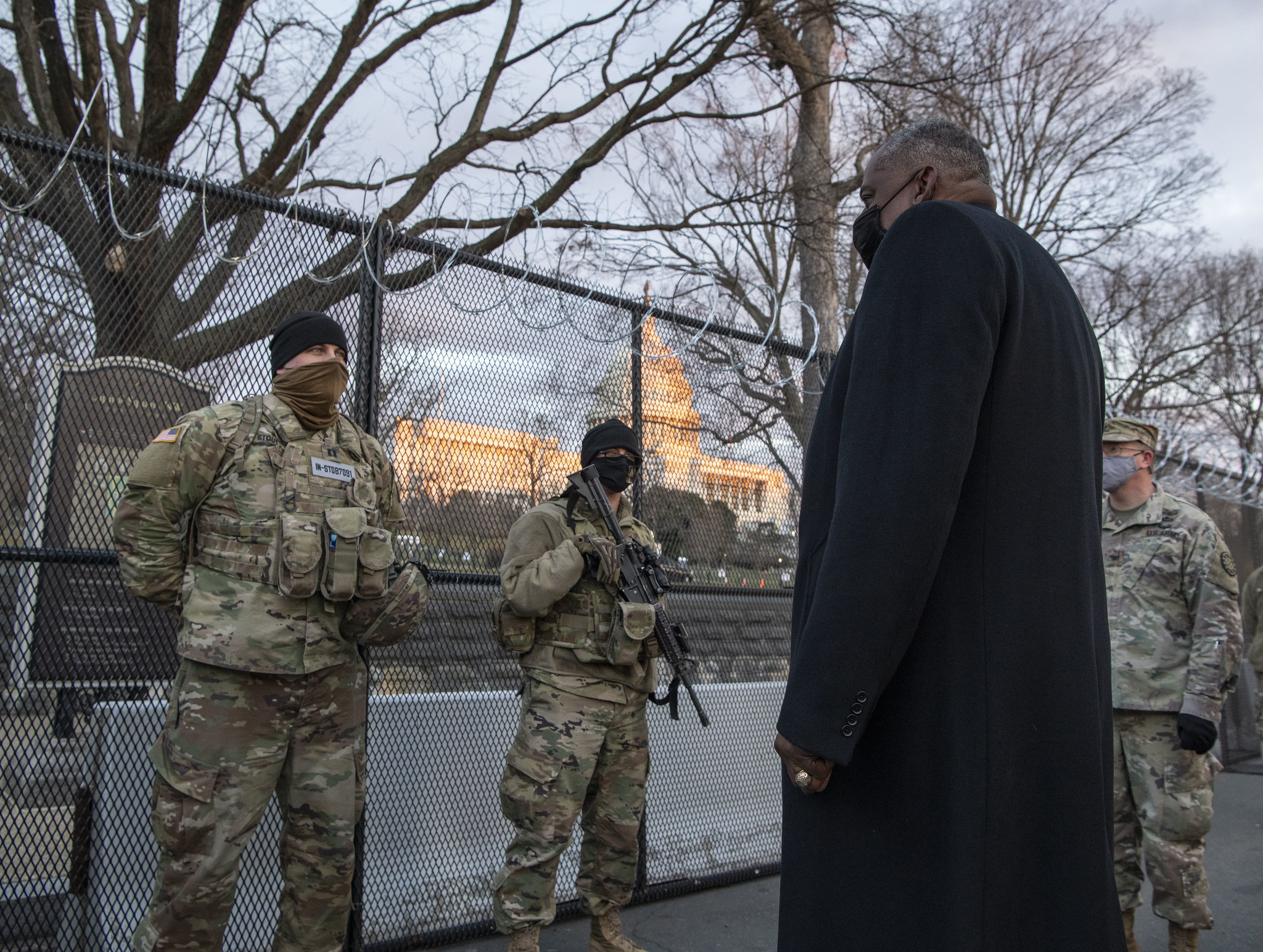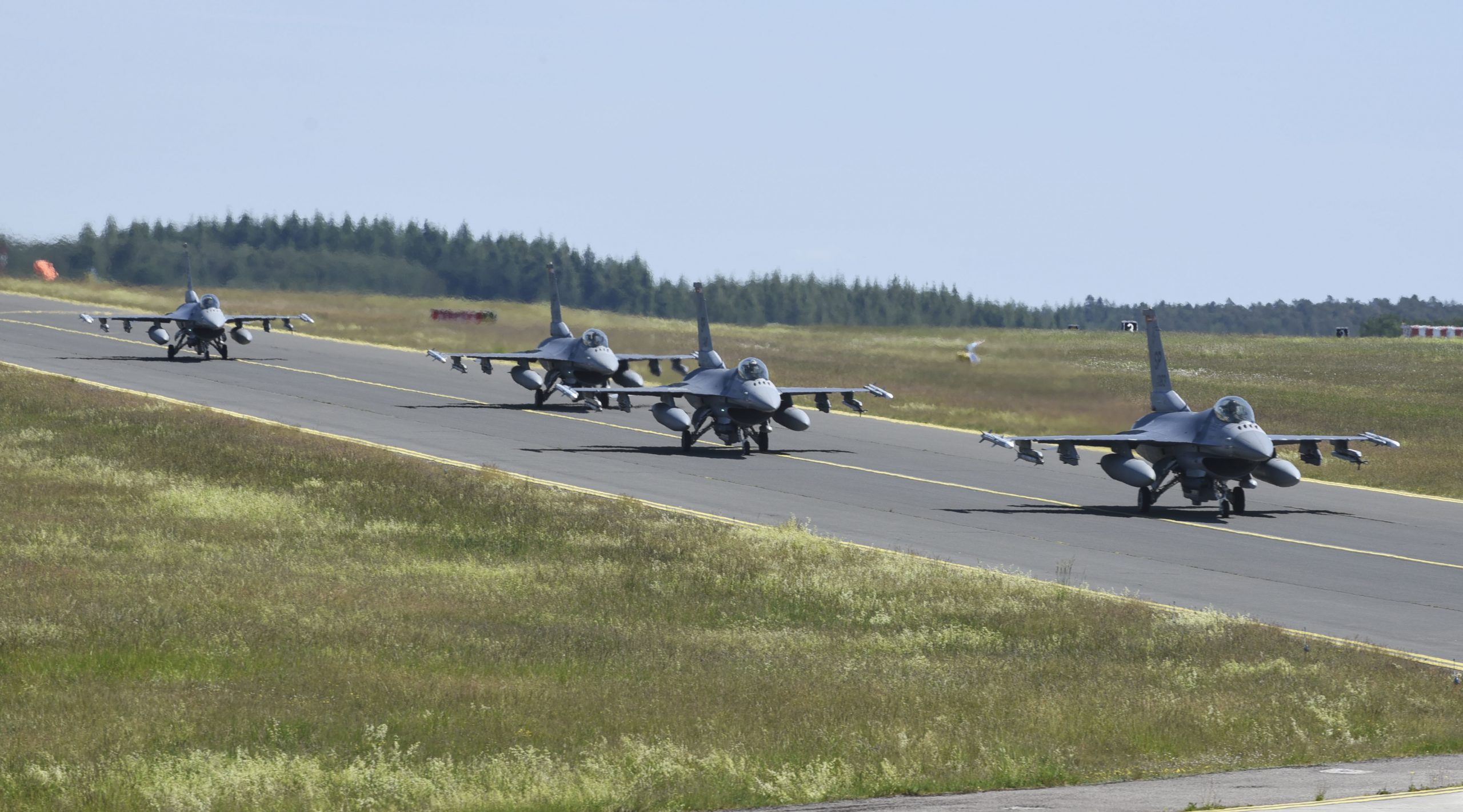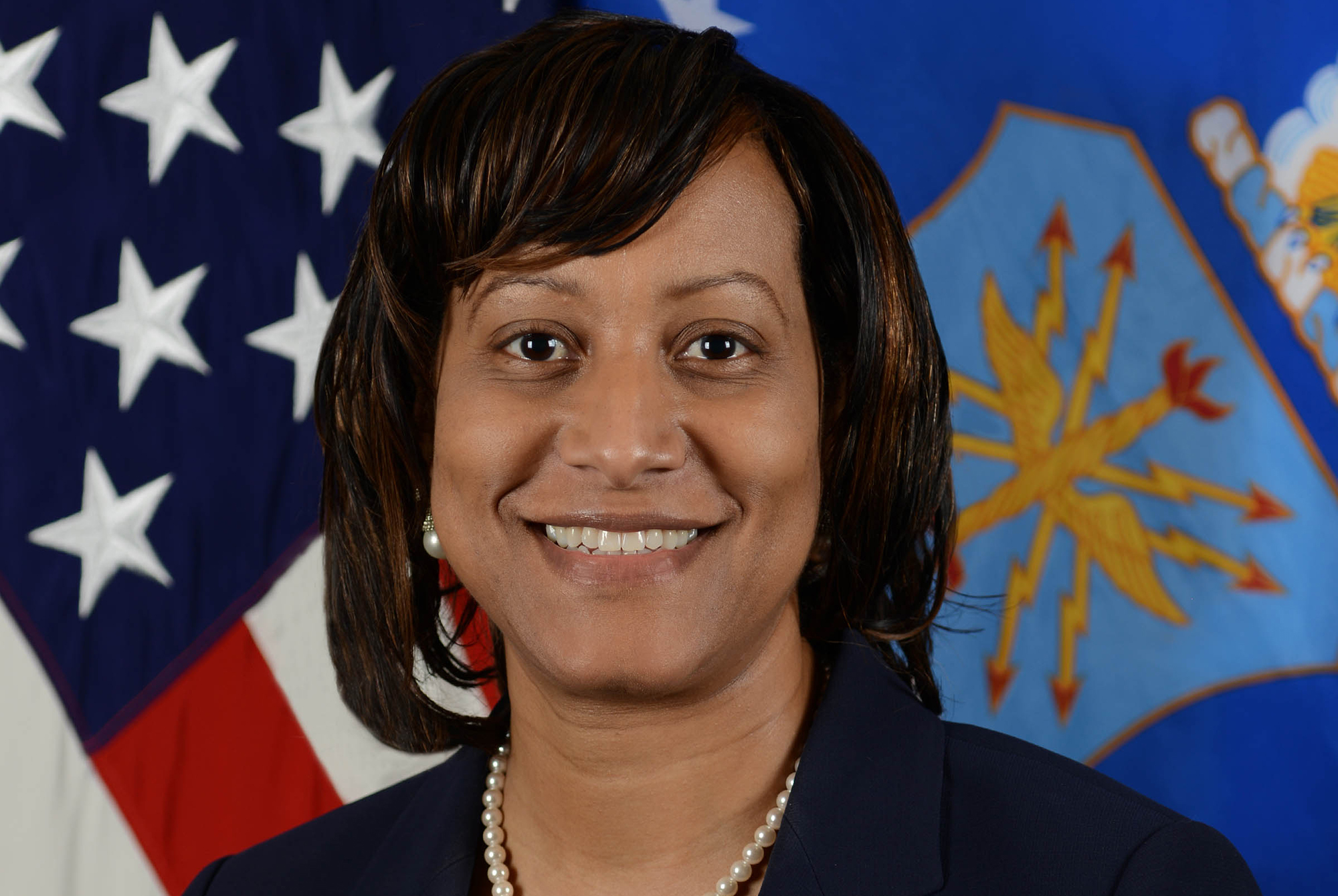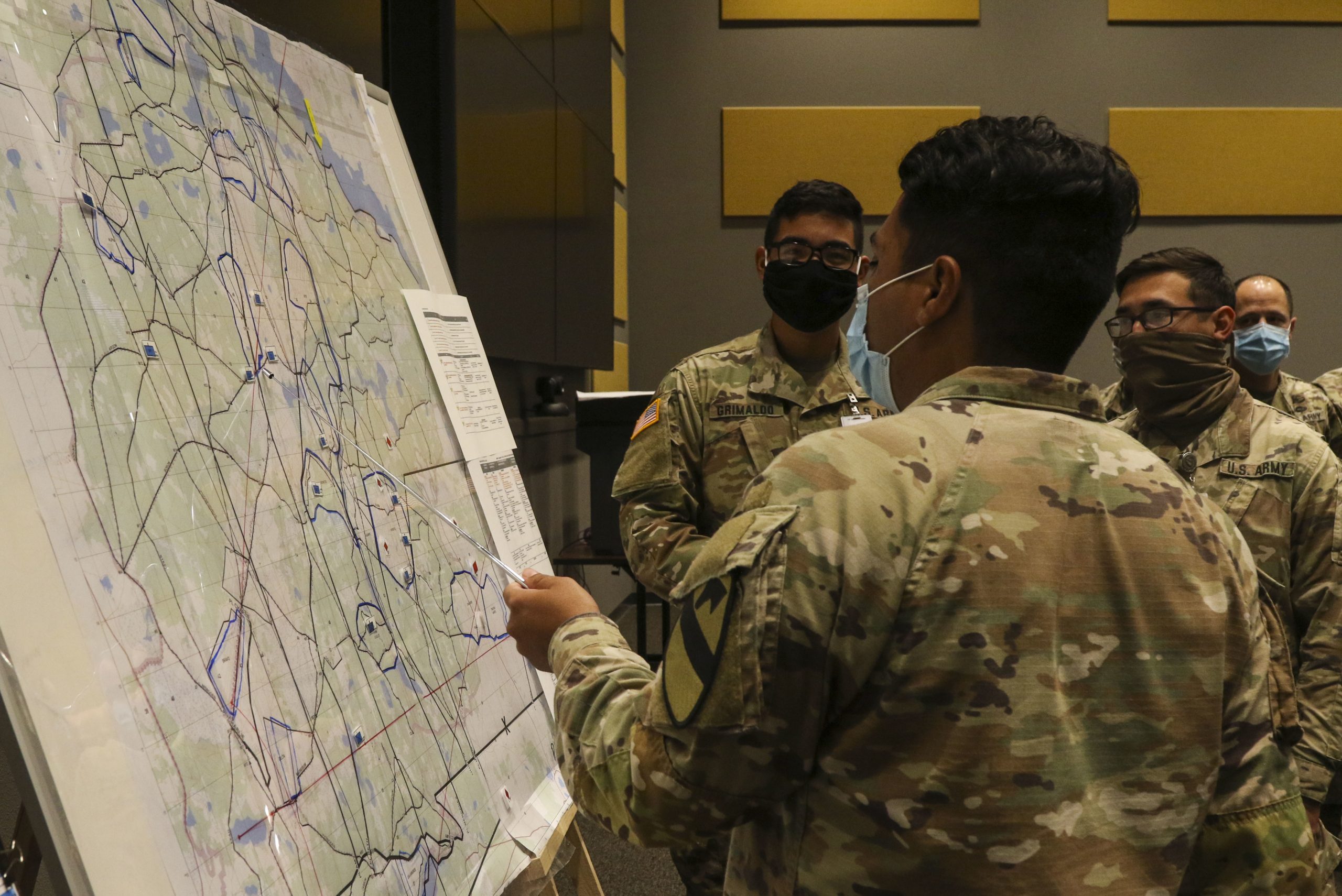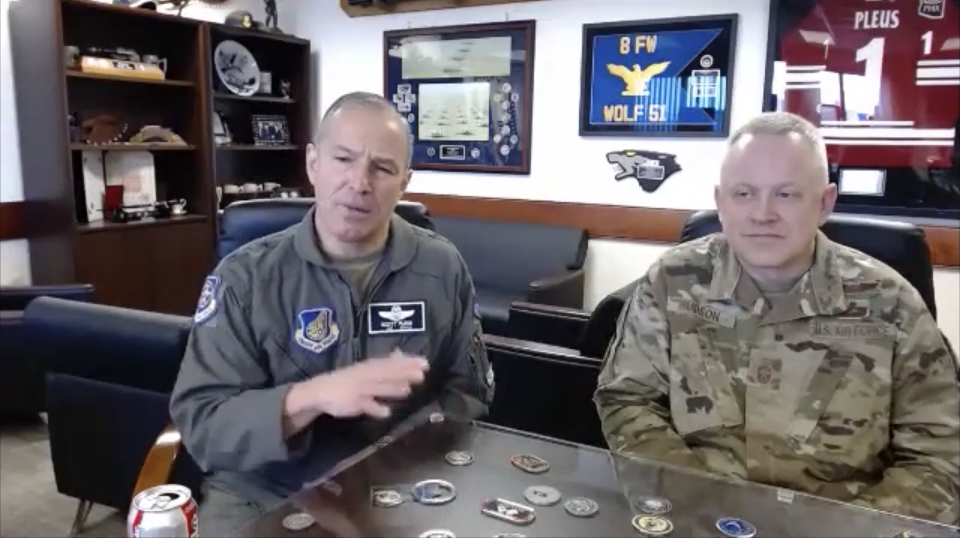In commemoration of the 30th Anniversary of Operation Desert Storm, Air Force Magazine is posting daily recollections from the six-week war, which expelled Iraq from occupied Kuwait.
Feb. 5
- Iranian President Ali Akbar Hashemi Rafsanjani offers to mediate between Iraq and the United States.
- U.S. Air Force fighter-bombers attack Scud missiles and launchers.
- B-52s hit Republican Guard positions.
- The battleship USS Missouri knocks out two artillery emplacements and damages four others. The ship also destroys a radar site and surface-to air missile position along the Kuwaiti coast. At a news conference, President George H.W. Bush says he is skeptical that air war alone can achieve the desired result of removing Iraq from Kuwait.
Feb. 6:
- Capt. Robert Swain, 706th Tactical Fighter Group (Air Force Reserve Command), shoots down Iraqi helicopter over central Kuwait in the first-ever aerial victory by an A-10.
- The Royal Air Force knocks out a key bridge across the Tigris River in Baghdad, Iraq.
- The U.S. reports that coalition aircraft have flown nearly 50,000 sorties, one-half of them combat attacks against Iraqi targets.
- The U.S. lists combat casualties as 12 killed, 11 wounded, 24 missing in action (plus three missing from noncombat posts), and eight prisoners of war.
- U.S. troop strength reaches 503,000, and other coalition troop strength reaches 200,000.
Feb. 7
- Defense Secretary Dick Cheney and Chairman of the Joint Chiefs of Staff Army Gen. Colin Powell head to the Gulf for a meeting with Gen. H. Gen. Norman Schwarzkopf Jr. on the air offensive and pending ground offensive.
- Some 21 House members send a letter to President George H.W. Bush, urging the President not to launch a ground war because air war is succeeding and ground war would increase coalition casualties.
- U.S. officials say 109 Iraqi fighter aircraft and 23 Iraqi transport aircraft have flown to Iran.
Check out our complete chronology of the Gulf War, starting with Iraq’s July 1990 invasion of Kuwait and running through Iraq’s April 1991 acceptance of peace terms.
